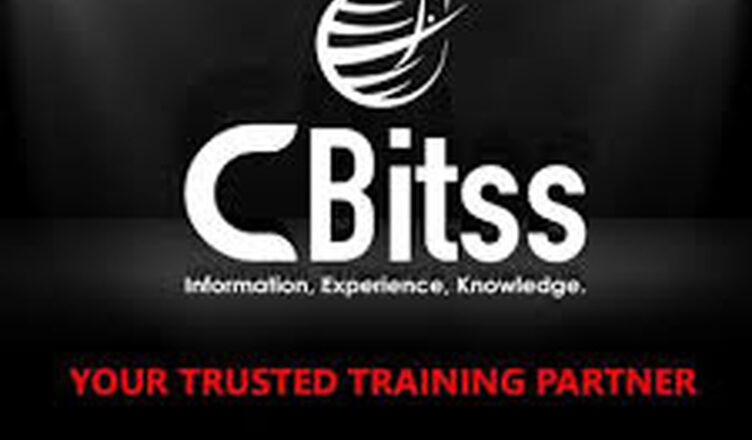Inventory Management in Tally vs QuickBooks: Which One Excels?
Table of Contents
- Introduction
- Overview of Tally and QuickBooks
- Key Features of Inventory Management
- Inventory Tracking
- Stock Valuation
- Order Management
- Barcode Integration
- Reporting and Analytics
- Tally’s Inventory Management
- QuickBooks’ Inventory Management
- Comparing Inventory Management in Tally and QuickBooks
- Ease of Use
- Customization
- Integration with Other Systems
- Cost-Effectiveness
- Pros and Cons of Inventory Management in Tally
- Pros and Cons of Inventory Management in QuickBooks
- Which One Excels for Your Business?
- Conclusion
Introduction
Effective inventory management is critical for any business that deals with physical goods. It ensures that the right products are available at the right time, helps in avoiding overstocking or stockouts, and eventually contributes to the overall profitability of the business. Tally and QuickBooks are two popular accounting software solutions that offer robust inventory management features. This article will compare the inventory management capabilities of Tally vs QuickBooks to help you determine which one excels in meeting your business requirements.
Overview of Tally and QuickBooks
Tally
Tally is a comprehensive accounting software extensively used in India and other parts of the world. It is known for its powerful features in accounting, inventory management, payroll, and taxation. Tally’s inventory management capabilities are particularly appreciated by businesses with complex inventory requirements.
QuickBooks
QuickBooks, developed by Intuit, is a leading accounting software solution primarily used in North America. It is popular among small to medium-sized businesses for its user-friendly interface and extensive range of features, including inventory management, invoicing, payroll, and financial reporting.
Key Features of Inventory Management
Inventory Tracking
Both Tally and QuickBooks offer robust inventory tracking capabilities, allowing businesses to monitor stock levels in real time.
Stock Valuation
Stock valuation methods help businesses determine the value of their inventory. Common methods include FIFO (First In, First Out), LIFO (Last In, First Out), and weighted average.
Order Management
Order management features help businesses handle purchase orders, sales orders, and manage stock transfers efficiently.
Barcode Integration
Barcode integration streamlines inventory tracking and reduces manual errors by automating the scanning and recording of product information.
Reporting and Analytics
Detailed reports and analytics provide insights into inventory performance, helping businesses make informed decisions.
Tally’s Inventory Management
Tally offers a wide range of inventory management features designed to meet the needs of various businesses. Some key features include:
- Multiple Stock Groups: Tally allows users to create multiple stock groups and categorize inventory items accordingly. This helps in better organization and tracking of inventory.
- Stock Categories: Users can create stock categories to group similar items, making it easier to analyze inventory data.
- Godown Management: Tally supports multiple godowns (warehouses), enabling businesses to manage stock across different locations.
- Batch-wise and Expiry Date Tracking: Tally allows users to track inventory by batch and expiry dates, which is particularly useful for businesses dealing with perishable goods.
- Reorder Levels: Users can set reorder levels for inventory items, ensuring that stock is replenished before it runs out.
QuickBooks’ Inventory Management
QuickBooks also offers comprehensive inventory management features suitable for small to medium-sized businesses. Key features include:
- Real-Time Inventory Tracking: QuickBooks provides real-time updates on inventory levels, helping businesses stay on top of their stock.
- Purchase Order Management: Users can create and manage purchase orders, keeping track of orders placed with suppliers.
- Sales Order Management: QuickBooks allows users to create and manage sales orders, ensuring that customer orders are fulfilled accurately.
- Barcode Scanning: The barcode scanning feature in QuickBooks automates the process of recording inventory data, reducing manual errors.
- Inventory Reports: QuickBooks offers a variety of inventory reports, including stock status reports, inventory valuation summaries, and sales reports.
Comparing Inventory Management in Tally and QuickBooks
Ease of Use
QuickBooks is known for its user-friendly interface, making it easy for users to navigate and manage inventory. Tally, while powerful, has a steeper learning curve and may require more training for users to become proficient.
Customization
Tally offers extensive customization options, allowing businesses to tailor the software to their specific inventory management needs. QuickBooks also provides customization options, but they may not be as extensive as Tally’s.
Integration with Other Systems
QuickBooks integrates seamlessly with various third-party applications and systems, enhancing its functionality. Tally also offers integration capabilities, but QuickBooks has an edge in terms of the number of available integrations.
Cost-Effectiveness
Tally is generally more cost-effective for businesses with extensive inventory management needs due to its comprehensive feature set. QuickBooks, on the other hand, offers more affordable options for small to medium-sized businesses.
Pros and Cons of Inventory Management in Tally
Pros
- Extensive customization options
- Powerful features for complex inventory management
- Batch-wise and expiry date tracking
- Godown management for multiple locations
Cons
- Steeper learning curve
- Limited integration options compared to QuickBooks
Pros and Cons of Inventory Management in QuickBooks
Pros
- User-friendly interface
- Real-time inventory tracking
- Seamless integration with third-party applications
- Comprehensive inventory reports
Cons
- Customization options may not be as extensive as Tally’s
- May be more expensive for businesses with complex inventory needs
Which One Excels for Your Business?
The choice between Tally and QuickBooks for inventory management depends on your business’s specific needs. If your business requires extensive customization and handles complex inventory scenarios, Tally might be the better choice. On the other hand, if you are looking for a user-friendly solution with seamless integrations and comprehensive reporting, QuickBooks could be more suitable.
Conclusion
Both Tally and QuickBooks offer robust inventory management features that can help businesses efficiently manage their stock. While Tally provides powerful customization and is well-suited for complex inventory needs, QuickBooks excels in ease of use and integration capabilities. Assess your business requirements and consider the pros and cons of each software to determine which one will best help you manage your inventory and drive your business forward.

